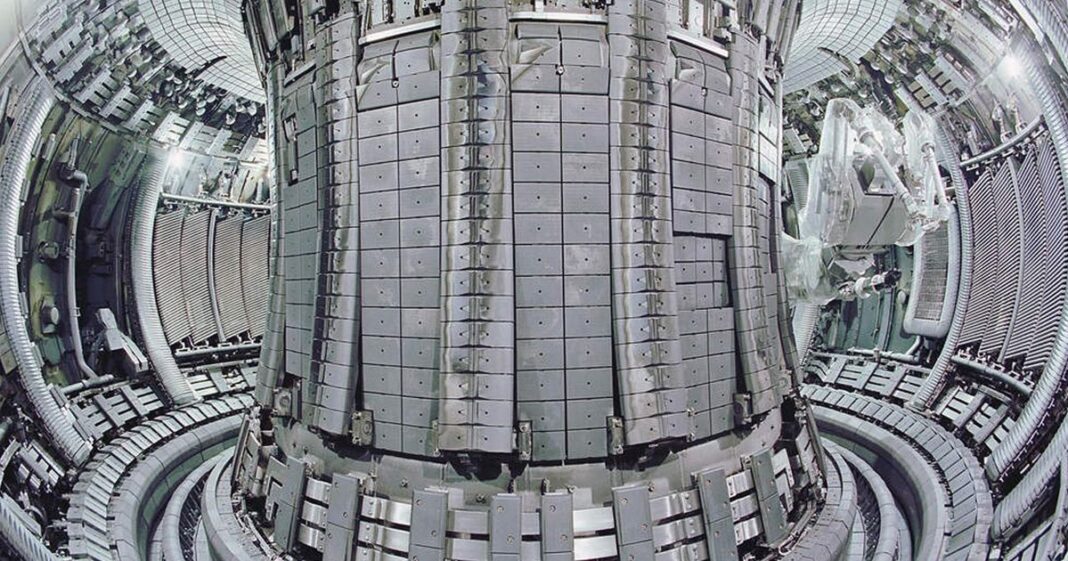The 24-year record for nuclear fusion has collapsed, “Hi-tech” reports. JET scientists announced that they have succeeded in generating the highest sustainable energy in history by fusion of atoms, more than doubling their own record in experiments conducted in 1997.
“These landmark results have taken us a giant step closer to solving one of the biggest challenges in science and engineering,” said Ian Chapman, head of the Culham Fusion Energy Center (CCFE), where JET is based.
JET is part of the UK Atomic Energy Authority, but its scientific activities are managed by the European cooperation EUROfusion.
Thanks to the generation of nuclear fusion, scientists have a chance to find an almost limitless source of clean energy. So far, no experiment has produced more energy than it put in. So far, the JET results haven’t been able to turn the tide either, but scientists say the study offers hope that the next fusion reactor project (the ambitious $22 billion ITER, which is scheduled to start fusion experiments in 2025) using the same technology and the same the same fuel mixture – will ultimately help them achieve this goal.
“JET has indeed achieved what was predicted. Simulations like this suggest that ITER will work,” said fusion physicist Josephine Proll from the Eindhoven University of Technology in the Netherlands.
“Our experiments are the culmination of almost two decades of work. They are important in helping scientists predict how ITER will behave and how its operating settings will be determined,” explained Ann White, a plasma physicist at the Massachusetts Institute of Technology in Cambridge.
JET uses magnetic fields to confine plasma, a superheated gas of hydrogen isotopes, in a tokamak. Under the action of heat and pressure, hydrogen isotopes fuse into helium, releasing energy in the form of neutrons.
To break the energy record, JET used a tritium fuel mixture – the same one that will be used for ITER, now under construction in the south of France. Tritium was last used in a tokamak fusion experiment when JET set the previous fusion energy record in 1997.
In an experiment conducted on December 21, 2021, the JET tokamak produced 59 megajoules of energy in a five-second fusion “pulse”, more than double the 21.7 megajoules released in 1997.
“While the 1997 experiment still holds the ‘peak power’ record, it lasted a fraction of a second, and its average power was less than half of today’s,” said Fernanda Rimini, a CCFE plasma scientist who led the latest experiment.
According to her, it took more than 20 years to improve and modernize the equipment.
Rimini noted that generating energy within seconds is necessary to understand the heating, cooling, and motion that occurs within the plasma, which will be critical to launching ITER.









